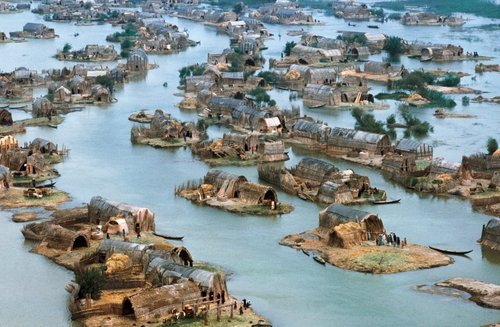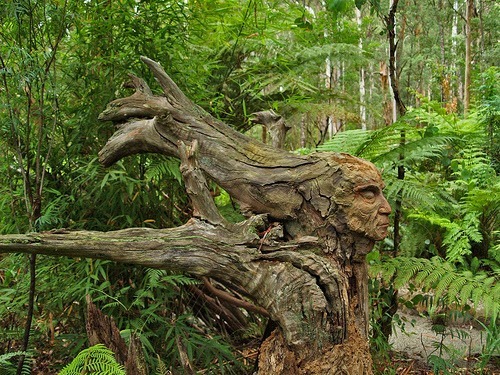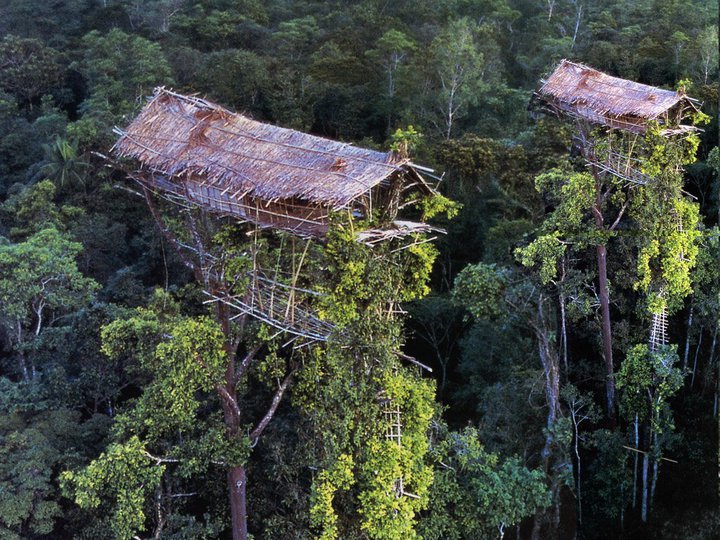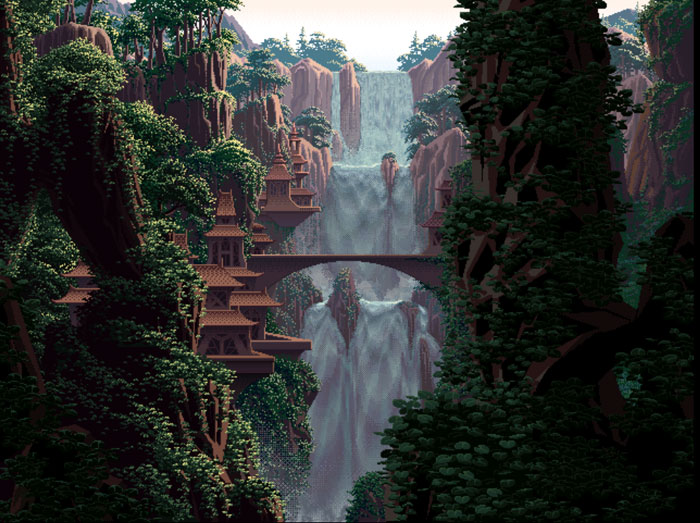Culture name: Kojai-Ishi Dwarves (Just stone),
Race:
- Dwarf
Location:
- Mountainous region, along the Jihi river and its highlands and stretching up into the harsher dwellings in the surrounding mountains.

Society:
- Live in tribes of several families, usually led by an eldest member of the tribe.
- Tribes convene in a council, with the oldest capable member overseeing as the master of council possessing veto power, though cannot put forward any motions. The council decides on inter-tribe matters, including the militia.
- The militia is a ranging troop that is made up of physically fit members of every tribe through mandatory service. The highest ranking and only permanent positions in the militia is decided through a decennial ritual climbing of the highest mountain in the Kojai-Ishi highlands, open to any who are willing. Militia units are constantly patrolling through the rugged mountains.
- The concept of justice is ingrained deep into Kojai-Ishi society (see more in religion). This means that, while those who are not old enough to be tribal leaders or are somehow physically incapable of militia service, they are provided for and indiscriminate by family and tribe, usually willingly, though also by law.
Religion:
- The Kojai-Ishi are descendants of those dwarves who turned away from the gods and spirits in disgust after the Wakening. This legacy persists, as nearly every tribe is secular, at least in that they worship no gods, and abhor the use of magic.
- Kojai-Ishi society and law follows a strict adherence to justice, which they see not only as an abstract concept, but as something as real, solid, and unfeeling as stone. Morality is but a pale imitation of justice, and any affront to justice is swiftly righted.
Economy:
- Almost all fertile land is reserved for high altitude crops such as barley, and for domestic animals, mostly yaks and goats. Drinking water is drawn from the Spring River, or simply snow for those living in higher in the mountains. Various lichens are also widely consumed.
- Mineral rich region leads to heavy mining. The Kojai-Ishi highly value stone and metal work.
- Kojai-Ishi economy is almost entirely self-contained, with goods circulated through the tribes. Any outsider trade is done through via the spring river, but is negligible. Trade of metal work, especially weaponry, is heavily restricted.
Country names:
- Kojesh, Suighen, Jeikelgas
Person Names:
- Names are honorific based and highly fluid, with ones given name possibly changing dozens of times in a lifetime. Based profession, position in family (first born, second born, etc...), position in tribe (relegated to ten eldest), position in council and position in milita. Family name is a word combining the meanings of the mother and fathers family names.
Example: Goghun Nidai Kajka Aja (Sergeant Second-Born Smith Rain (fathers name is water, mothers is sky)).
Place names:
- Mount Senjin Highest mountain of the Kusagha mountain range, source of the Jihi river.
- Meghadi valley arable highlands along the Jihi river.

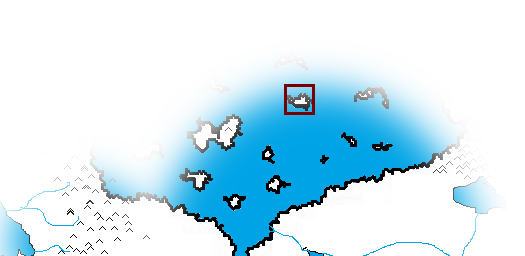
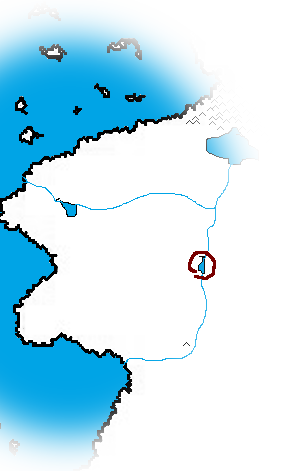


 5 am
5 am







